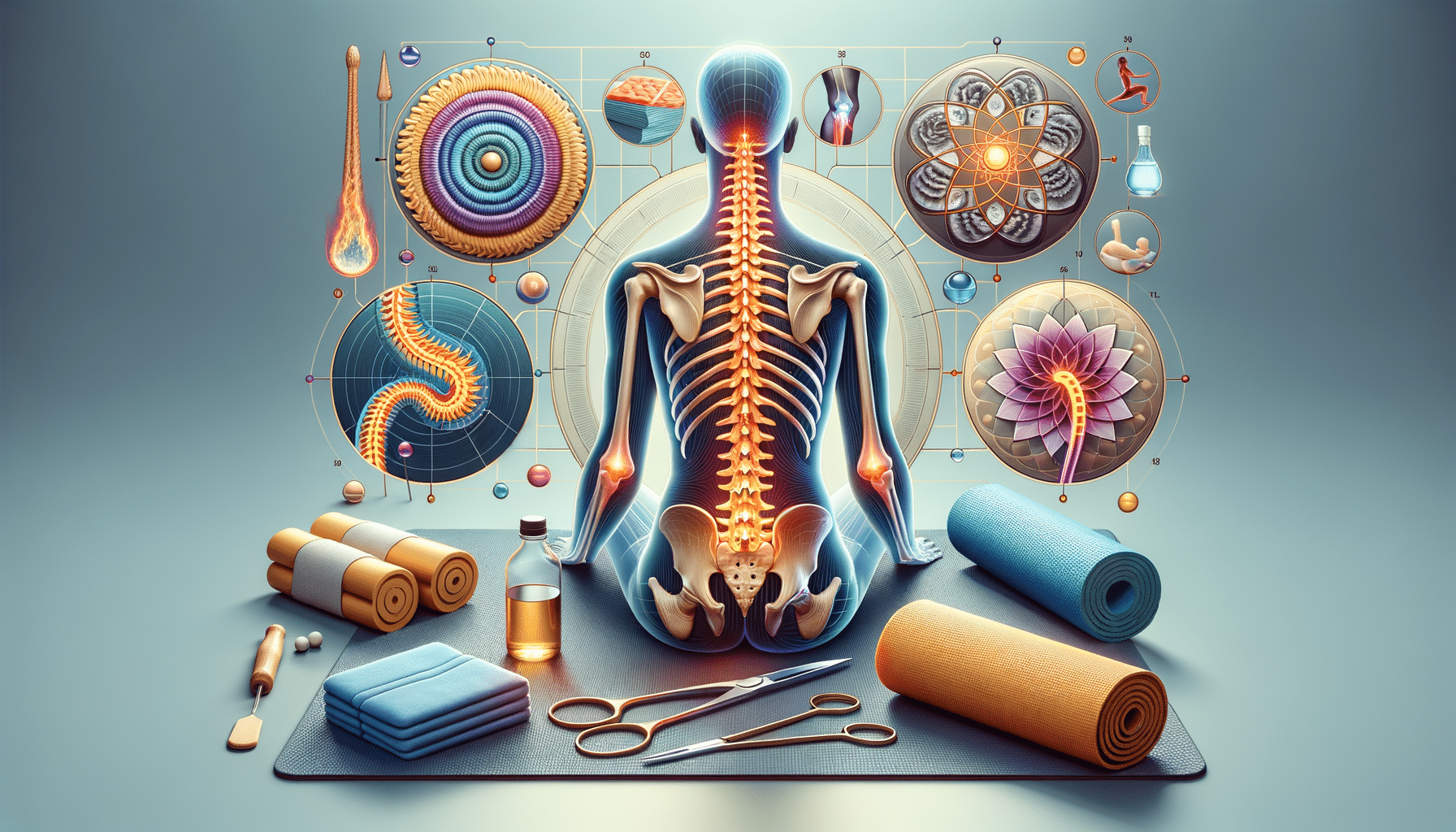Understanding Sciatica: An Overview
Sciatica is a condition characterized by pain that radiates along the path of the sciatic nerve, which extends from the lower back through the hips and buttocks and down each leg. Typically, sciatica affects only one side of the body. The pain can range from a mild ache to a sharp, burning sensation or excruciating discomfort, sometimes leading to numbness or muscle weakness in the affected leg or foot.
The causes of sciatica can vary, but they often include a herniated disk, bone spur on the spine, or narrowing of the spine (spinal stenosis) compressing part of the nerve. Risk factors include age, obesity, prolonged sitting, and diabetes. Understanding these factors is crucial for managing symptoms effectively. By addressing the root causes, individuals can reduce the frequency and severity of sciatica episodes.
Exercise: A Key Component in Managing Sciatica
Incorporating regular physical activity can be a highly effective strategy for managing sciatica symptoms. Exercise helps to strengthen the muscles supporting the spine, improving flexibility and promoting better posture. Low-impact activities such as walking, swimming, or cycling can be particularly beneficial.
Specific exercises targeting the lower back and core muscles are recommended. These may include stretching routines like the knee-to-chest stretch, seated spinal stretch, and standing hamstring stretch. Such exercises can help alleviate pressure on the sciatic nerve and reduce pain.
It’s important to approach exercise with caution, especially during flare-ups. Listening to your body and avoiding high-impact activities that might exacerbate symptoms is crucial. Consulting with a physical therapist can provide personalized guidance and ensure that exercises are done safely.
Dietary Considerations: Fueling Your Body Right
Diet plays a significant role in managing sciatica symptoms. A balanced diet rich in anti-inflammatory foods can help reduce nerve pain and inflammation. Incorporating foods such as leafy greens, fatty fish, nuts, and seeds can provide essential nutrients and antioxidants.
It’s also important to maintain a healthy weight to reduce pressure on the sciatic nerve. This can be achieved by consuming a diet high in fiber, lean proteins, and whole grains while limiting processed foods and sugars.
Staying hydrated is equally important, as dehydration can exacerbate inflammation. Drinking plenty of water and reducing caffeine and alcohol intake can support overall health and help manage sciatica symptoms more effectively.
Alternative Therapies: Exploring Options
For those seeking additional relief from sciatica symptoms, alternative therapies may offer valuable support. Acupuncture, for instance, has been shown to help alleviate pain by stimulating specific points on the body, promoting natural healing processes.
Chiropractic care is another option, focusing on spinal manipulation to improve alignment and reduce nerve pressure. Massage therapy can also provide relief by relaxing tight muscles and improving circulation in the affected area.
While these therapies can be beneficial, it’s essential to consult healthcare professionals to ensure they are appropriate for your specific condition. Combining these therapies with conventional treatments can often yield the best results.
Stress Management: The Mind-Body Connection
Managing stress is an often-overlooked aspect of sciatica care, yet it plays a vital role in symptom management. Stress can exacerbate pain perception and muscle tension, making sciatica symptoms more pronounced.
Incorporating stress-reduction techniques such as mindfulness meditation, yoga, or deep-breathing exercises can help calm the nervous system and reduce pain levels. These practices encourage relaxation and promote a sense of well-being, which can positively impact physical symptoms.
Building a support network and seeking professional counseling when needed can also provide emotional relief and help individuals cope with the challenges of living with sciatica. By addressing the mind-body connection, individuals can enhance their overall quality of life.








